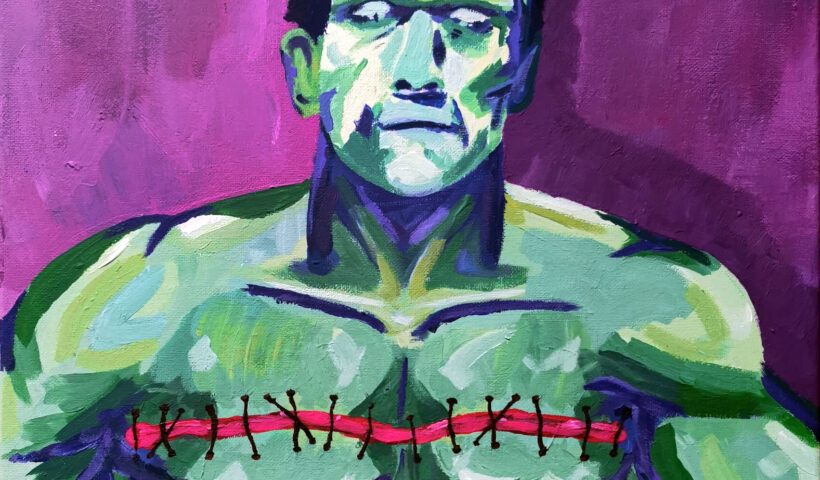By Emma Catan, Franca Leitner and Sofie Schrey In this final Alluvium issue of 2021, we explore a variety of perspectives on topical themes in…
View More Alluvium Editorial 9.6Category: Issue 9.6
“I live with doubleness”: Non-Binary Gender Identity and Othering in Jeanette Winterson’s Frankissstein: A Love Story
Mary Shelley’s Frankenstein already introduces this issue of the nature of being and the core of our subjectivity. In Frankissstein’s source text, Frankenstein’s creature, an outsider in his society, raises the question of what makes someone human, what is considered monstrous, and who has the prerogative of deciding on the answers. As such, it has traditionally been read as “a representation of [marginalisation] and [victimisation], of binding cultural construction” (Mossman, no pg.).
View More “I live with doubleness”: Non-Binary Gender Identity and Othering in Jeanette Winterson’s Frankissstein: A Love StoryReading Hybridity: Metafiction and Dystopia in Wayne Holloway’s Bindlestiff
Wayne Holloway’s Bindlestiff (2019) is a metafictional novel because it ‘self-consciously and systematically draws attention to its status as an artefact’ (Waugh 2). It is chiefly that novel’s formal hybridity that self-reflexively highlights its constructedness, for Bindlestiff blends prose fiction with screenplay.
View More Reading Hybridity: Metafiction and Dystopia in Wayne Holloway’s BindlestiffFeeling Straight: Heterosexual Fatigue in ‘Cat Person’
Content warning: this article contains discussions and descriptions of sexual violence. By Marni Appleton Within days of publication, Kristen Roupenian’s short story ‘Cat Person’ (2017)…
View More Feeling Straight: Heterosexual Fatigue in ‘Cat Person’



